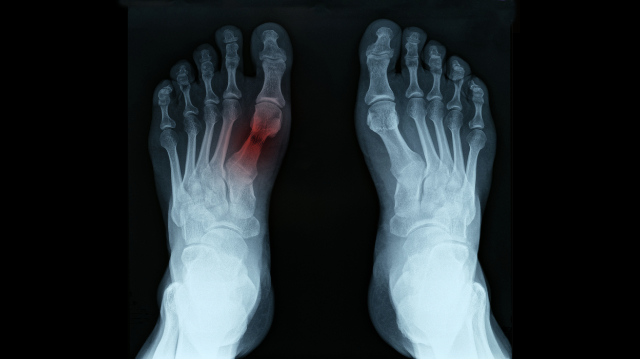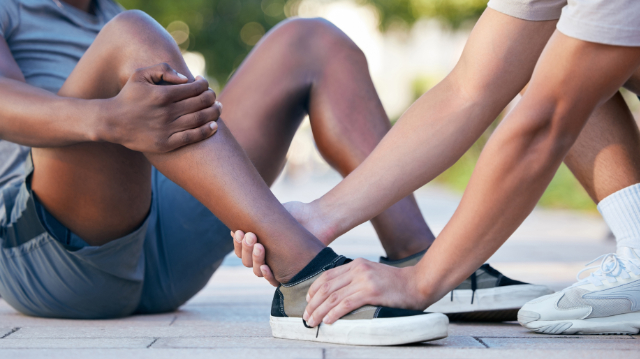
Introduction
Osteoporosis is a condition that weakens bones, making them more susceptible to fractures. Over 10 million Americans and two million Canadians live with osteoporosis, which significantly impacts their quality of life. This article simplifies the 2023 clinical practice guidelines on osteoporosis management and fracture prevention (and is applicable to US and Canadian citizens) to help you understand the best practices for maintaining bone health.
What is Osteoporosis?
Osteoporosis means “porous bones.” It occurs when the body loses too much bone, makes too little bone, or both. This results in bones becoming weak and more likely to break. Common sites for osteoporotic fractures include the hip, spine, and wrist.
Who is at Risk?
Several factors increase the risk of developing osteoporosis:
- Age: The risk increases with age, especially for those over 50.
- Gender: Women are more prone to osteoporosis, particularly postmenopausal women due to the drop in estrogen levels.
- Family History: A family history of osteoporosis can increase your risk.
- Lifestyle Factors: Smoking, excessive alcohol consumption, and a sedentary lifestyle contribute to bone loss.
- Diet: Low calcium and vitamin D intake can lead to weaker bones.
Preventing Osteoporosis
Preventing osteoporosis involves a combination of lifestyle changes and, when necessary, medications.
Exercise
Regular exercise, particularly weightâbearing and muscleâstrengthening activities, is essential for bone health. Activities like walking, jogging, and weight training help maintain bone density and reduce the risk of falls and fractures. The guidelines recommend balance and functional training at least twice weekly to enhance stability and prevent falls.
Nutrition
A diet rich in calcium and vitamin D is crucial for strong bones. Calcium can be found in dairy products, leafy greens, and fortified foods. Vitamin D can be obtained from sunlight exposure, fatty fish, and supplements if necessary. The guidelines suggest that individuals meet the recommended dietary allowance for calcium and vitamin D to prevent fractures.
Medications
For those at high risk of fractures, medications may be prescribed to help strengthen bones. These include:
- Bisphosphonates: These drugs help slow bone loss and are often the first line of treatment.
- Denosumab: A medication that helps increase bone mass and is administered via injection every six months.
- Hormone Therapy: Used primarily for postmenopausal women to manage osteoporosis by maintaining hormone levels.
Assessing Fracture Risk
Doctors use tools like FRAX (Fracture Risk Assessment Tool) and CAROC (Canadian Association of Radiologists and Osteoporosis Canada) to evaluate your risk of fractures. These tools consider various factors such as age, gender, family history, and previous fractures to determine your 10âyear risk of breaking a bone.
Treatment Recommendations
The guidelines suggest different treatment approaches based on your fracture risk:
- Low Risk (<10%): Focus on lifestyle changes, regular exercise, and a balanced diet. Regular monitoring of bone density is also recommended.
- Moderate Risk (10â20%): Consider medications like bisphosphonates, especially if you have other risk factors. Lifestyle modifications should also be maintained.
- High Risk (>20%): Strongly recommend medications to prevent fractures, along with lifestyle changes. These patients may need more intensive monitoring and followâup.
Monitoring and FollowâUp
Regular monitoring of bone density and reassessment of fracture risk is crucial for managing osteoporosis. For those on medications, followâup tests help ensure the treatment is effective and make necessary adjustments. The guidelines recommend bone density tests every 1â3 years depending on the individualâs risk and response to treatment.
Conclusion
Osteoporosis is a manageable condition with the right combination of lifestyle changes and medical interventions. Regular exercise, a healthy diet, and medications can significantly reduce your risk of fractures and improve your quality of life.
Would You Like To Learn More About How We Can Help?
Contact our physical therapy practice today to discuss your bone health and learn how we can assist you in managing and preventing osteoporosis.
References:
Clinical practice guideline for management of osteoporosis and fracture prevention in Canada: 2023 update. Source








